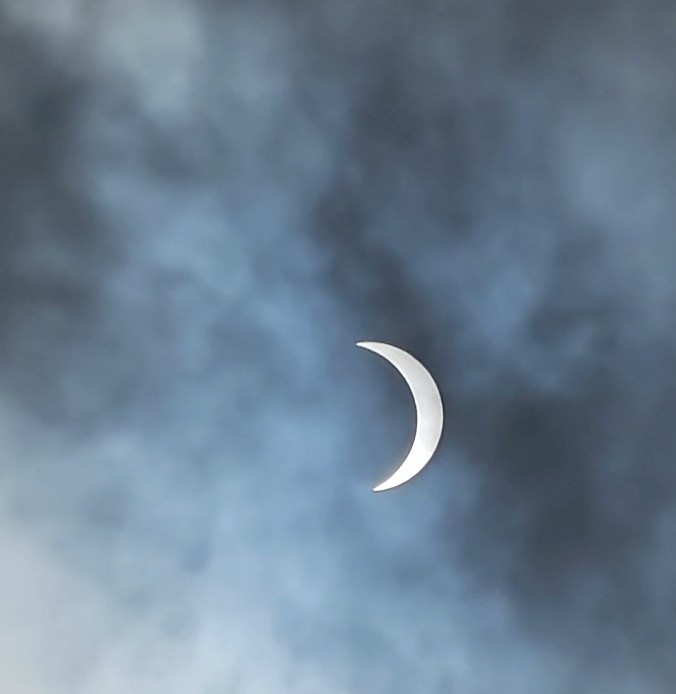‘Is it worth anything?’ ‘I dunno, is the answer to that question worth another $5?’
Better method:
Walk up to geologist, hand them a rock
“Look at this cool agate I found!”
Where “agate” is substituted for any obviously incorrect identification.
Here in Kentucky, it’s likely either agate or coal. There isn’t much else.
You have some ancient opal but very few people find it
This approach does save $5.
I usually go with meteoric iron, that’s specific enough that they want to take a closer look
At the small college I attended, Geology 101 was known as “Rocks for Jocks” because it was the class jocks took to satisfy their science requirement. In one hallway was a big display board with a bunch of labeled rock samples on it. If you memorized all of them well enough to identify them on the final, you were almost guaranteed to pass. So there were always football jocks standing there studying that board.
Yeah! Science!
Scientists are people, too. Give them the McDonald’s money and they’ll do all sorts of cool things for you.
I wish I had some geologist friends.
Can confirm that the method on the right yeilds better results for anyone who asks me.
Speaking of this, my wife has a dark gray rock about the size of a silver dollar she found many years ago in our front yard, within a mile of the shore of Puget Sound. It’s broken, with a reflective crystalline-looking structure inside, and a magnet attracts it. Anybody know how likely it is to be meteoric iron?
Edit: I was wrong, see below! Shouldn’t have assumed simulating active galactic nuclei would make me knowledgeable about asteroids.
Astrophysicist, not a geologist here. Maybe if you sent a pic I might recognize it. But it’s kind of unlikely, since afaik crystals from under great pressures, which meteorites don’t tend to undergo like that.
Not only under pressure but under very slow cooling as what happens in the centers of asteroids
The rhomboid crystal structure of meteor iron was set long before that particular rock entered our atmosphere and is visible in many, MANY museum pieces.
Yo let me get a dime bag of that geology.
The book “Assembling California” by McPhee gives a lot of excellent description about context when it comes to geology. Gets a bit academic at times, but interesting background on California’s crazy geology.
I worked in the mining industry for awhile, and we’d just ask the geo to lick the rock to identify it.



